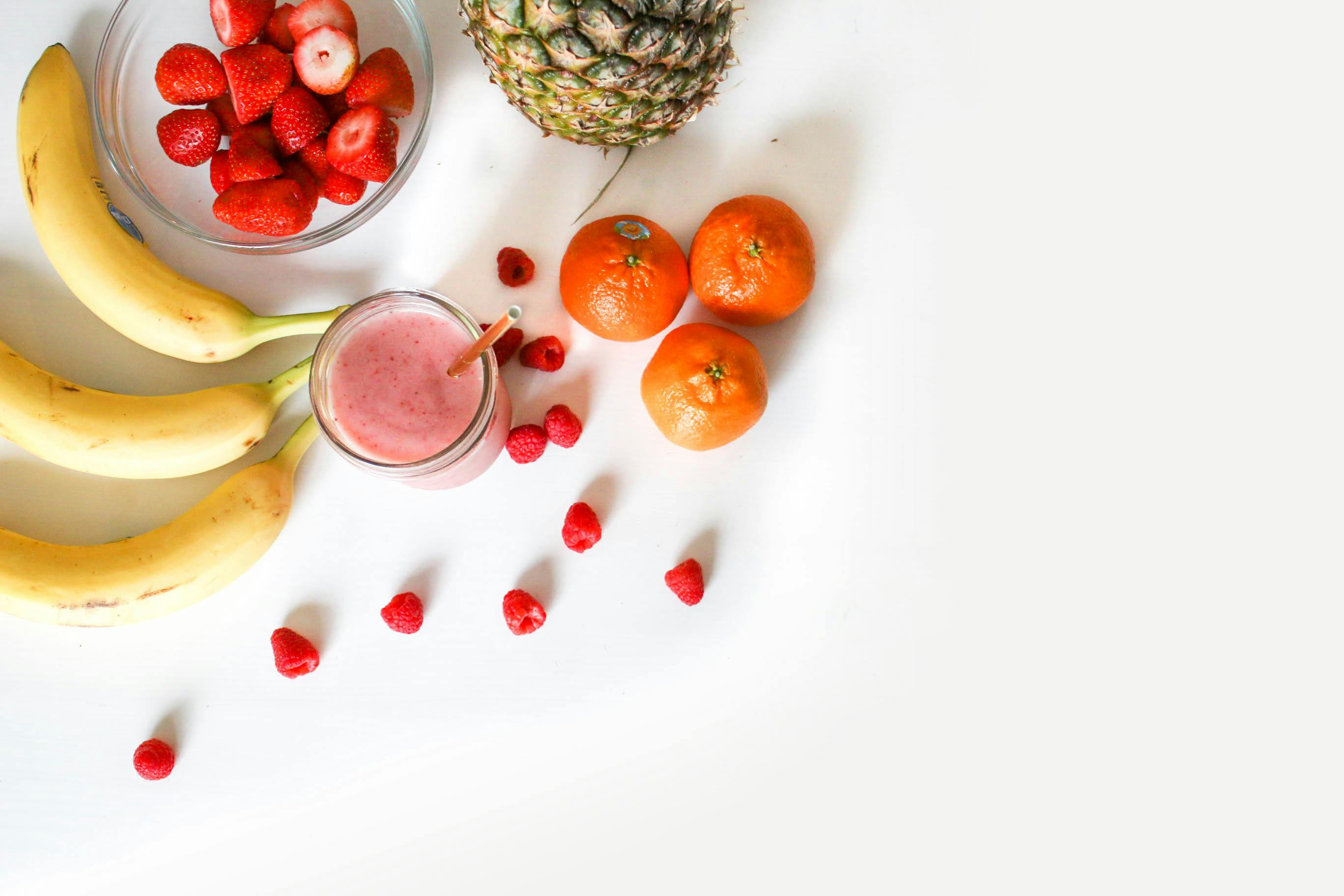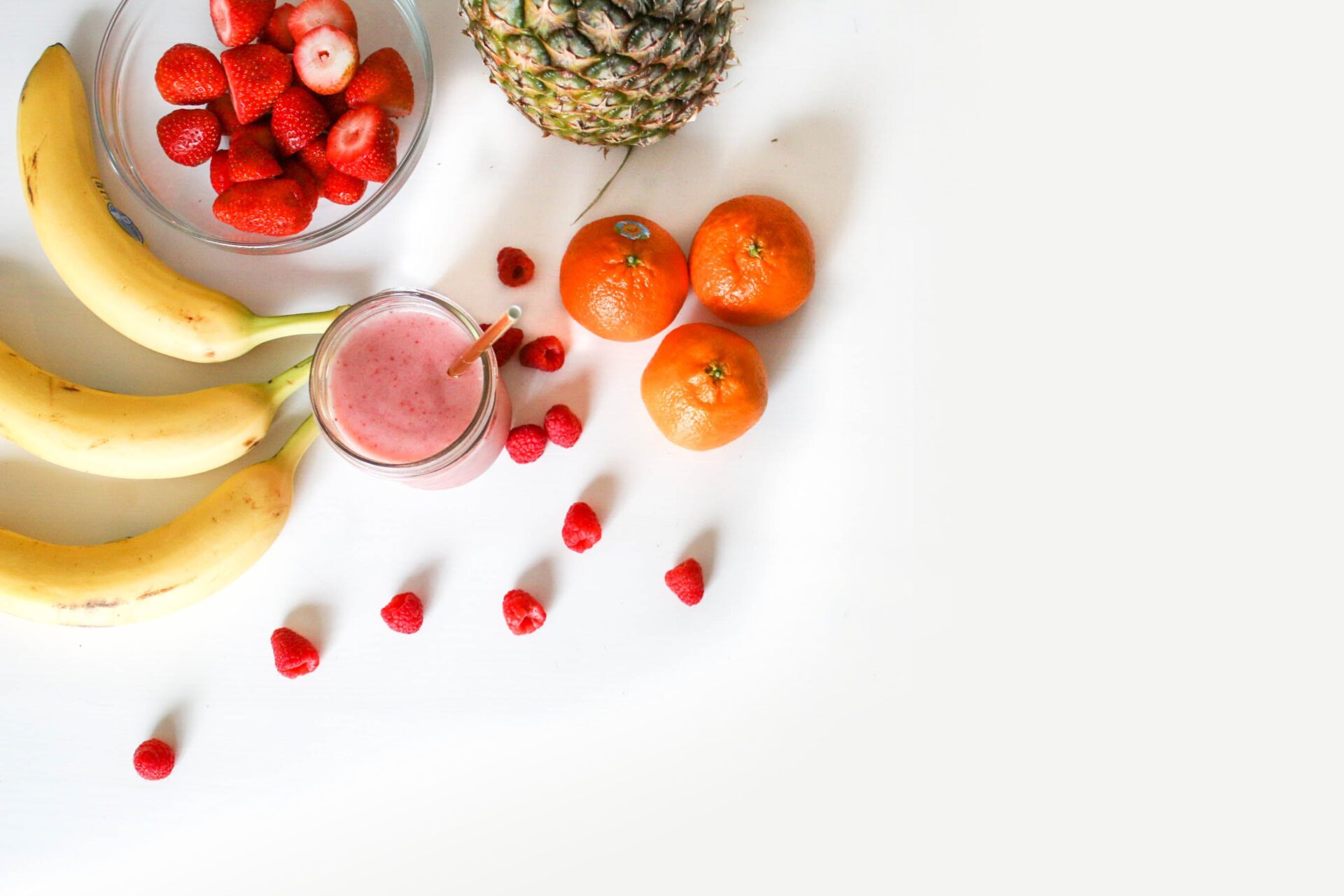Strawberries are a delicious and nutritious treat, but they can quickly become infested with pests. The good news is that there are many ways to keep these pests away from your strawberries. This guide will provide you with tips and tricks on how to keep pests away from your strawberries so that you can enjoy them without worry.To effectively get rid of pests on strawberries, you should inspect your plants regularly to identify any signs of pests. If you find any, remove them manually or use a vacuum cleaner to suck them off. You can also use insecticides such as neem oil or pyrethrin sprays as a last resort. Additionally, it is important to practice good garden hygiene by removing dead leaves and debris from around the plants and pruning off damaged branches. Make sure to check with your local extension office before applying any chemicals to your strawberries.
Natural Ways to Keep Pests Away from Strawberries
Strawberries are a delicious and nutritious treat, but unfortunately, they can be susceptible to pests. To protect your strawberry plants, you’ll need to take steps to reduce the risks of pests and keep them away. Fortunately, there are some natural ways to keep pests away from strawberries that don’t involve using harsh chemicals or pesticides.
One of the best ways to keep pests away from strawberries is to practice good garden hygiene. Keeping your strawberry plants well-maintained and free of debris will help reduce the risk of pests. Make sure you remove any diseased or damaged leaves or fruits so that they don’t attract pests. You should also make sure you water your plants regularly and remove weeds from around the base of the plant.
Another way to naturally keep pests away is to use companion planting. This is a technique where you plant certain plants near each other that are known for deterring pests. For example, planting garlic near your strawberry plants can help repel aphids and other insects that might damage your strawberries. You can also try planting herbs such as mint, thyme, and rosemary around your strawberry plants as these have proven effective at driving away certain types of bugs.
Finally, you can also use certain natural predators to help protect your strawberries from pests. Ladybugs are a great example as they feed on aphids and other soft-bodied insects that might damage your strawberries. You can also introduce certain types of birds into your garden which will feed on insects like caterpillars and beetles that could damage your strawberry plants.
By following these simple steps, you can keep pests away from strawberries in a natural way without having to resort to harsh chemicals or pesticides. Good garden hygiene combined with companion planting and natural predators will help ensure that your strawberry plants remain healthy and free from pest damage throughout the growing season!
Types of Pests That Attack Strawberries
Strawberries are a popular fruit with many uses, both culinary and decorative. Unfortunately, they also attract a wide variety of pests that can cause major damage to strawberry plants. Common pests that attack strawberry plants include aphids, spider mites, slugs, snails, thrips, and stink bugs.
Aphids are tiny insects that feed on the sap of plants and reproduce rapidly. They can cause stunted growth and distorted leaves. Spider mites are small arachnids that live in colonies and feed on the cell contents of plants. They cause yellow spots on leaves, webbing on the plant, and leaf drop. Slugs and snails feed on the foliage of plants and can cause considerable damage to strawberry plants if left unchecked.
Thrips are small insects that feed by scraping the surface of leaves or flowers. They can transmit diseases as well as causing damage to strawberry foliage and flowers. Stink bugs feed on the juices from fruits and vegetables and may also transmit viruses to strawberry plants.
It’s important to take preventative measures against these pests to protect your strawberries from damage. There are several methods you can use to control these pests such as using insecticidal soap or horticultural oils, trapping slugs or snails, using sticky traps for thrips or aphids, setting out pheromone traps for stink bugs, or introducing beneficial insects such as ladybugs into your garden. These measures will help keep your strawberry crop free from destructive pests.
Common Methods of Controlling Strawberry Pests
Strawberry plants are susceptible to a variety of insect and disease pests. To ensure a successful harvest, appropriate pest management techniques must be employed. Common methods of controlling strawberry pests include cultural control, physical control, biological control, and chemical control.
Cultural Control
Cultural control involves the use of practices that reduce the incidence of pests by creating an environment that is unfavorable to their growth. This can include crop rotation, proper weed management, and adjusting planting times to avoid peak pest populations. Proper irrigation and fertilization are also important for healthy plant growth and to reduce pest populations.
Physical Control
Physical control involves the removal or destruction of pests from the field through handpicking or using traps or barriers. It also includes tilling the soil to disrupt egg laying sites and remove larvae or pupae. Frequent scouting can also be employed to identify problem areas before they become too severe.
Biological Control
Biological control involves using natural predators such as ladybugs or lacewings to feed on pest populations in the field. Natural enemies can also be introduced into the environment in order to keep pest populations in check. Attractants such as pheromones can be used to lure beneficial insects into areas where they are needed most.
Chemical Control
Chemical control is a common method of controlling strawberry pests but should be used only as a last resort due to its potential for environmental damage and human health risks. When chemical controls are necessary, they should be used according to label directions and with caution around children and pets.
Creating a Barrier Around Your Strawberry Plants
Strawberries are wonderful to grow in the garden for their delicious flavor and ease of care. However, they can be vulnerable to pests and disease when grown outdoors. To protect your strawberry plants from these issues, one of the best ways is to create a barrier around them. Here are some tips on how to do just that.
The first step in creating a barrier around your strawberry plants is to choose the right materials. Depending on your budget and needs, you may opt for plastic sheeting or chicken wire. Both of these materials can be used to create a secure barrier that will keep out pests and disease-causing organisms.
Once you have chosen the right material for your barrier, it’s time to start constructing it. If you’re using plastic sheeting, begin by cutting it into strips that are long enough to encircle each plant. Then, use stakes or poles to secure the plastic sheeting at each end of the strip, making sure that it is firmly attached to the ground so that animals or insects cannot get through.
If you’re using chicken wire, start by cutting it into strips and then attach each strip around each plant with wire or staples so that it forms a secure perimeter around each one. Make sure that there are no gaps in the chicken wire so that animals or insects cannot get through.
Finally, once the barrier is in place, make sure to check it regularly for signs of wear or damage and replace any sections as needed. This will ensure that your plants remain safe from pests and disease-causing organisms throughout the growing season.

What to Do if You See Any Pests on Your Strawberries
Strawberries are a delicious and nutritious fruit that is enjoyed by many. Unfortunately, they can sometimes become infested with pests. If you find any pests on your strawberries, it’s important to act quickly to prevent the problem from spreading. Here are some tips for dealing with pests on your strawberries.
The first step is to identify what type of pest you’re dealing with. Different pests require different treatments, so it’s important to know what you’re dealing with before taking action. Once you’ve identified the pest, take a look at the plant for signs of damage. If there is visible damage, remove the affected leaves or berries to prevent them from spreading further in the garden.
If the problem is small and localized, you may be able to deal with it yourself using an insecticidal soap or other organic methods. There are also natural predators that can be used to help control certain pests, such as ladybugs and lacewings for aphids and parasitic wasps for caterpillars.
If the problem is more widespread, you may need to use a stronger chemical pesticide or contact a professional pest control company for assistance. Be sure to follow all directions carefully when using any kind of pesticide, and always wear protective gear when handling chemicals.
Finally, preventive measures can help reduce the risk of pest infestations in your garden in the future. Planting companion crops such as marigolds or garlic can help deter pests naturally, and keeping your garden clean and free of debris can also help reduce the risk of an infestation.
Using Insecticides Safely on Strawberries
Insecticides are a valuable tool for strawberry growers when it comes to keeping pests at bay. In order to ensure safety when using these products, it is important to follow the instructions on the label and use safe application practices. This will help protect both the environment and the people who come into contact with the treated plants.
When applying any insecticide, make sure to wear protective clothing such as gloves, long-sleeved shirts, pants, and shoes. It is also important to read and follow all label instructions for proper mixing and application techniques. Make sure you know which pests you are targeting before applying the product. Some insecticides are only effective against certain insects, so it is important to identify which pest you are trying to control before applying the insecticide.
It is also important to apply insecticides in an area where there will be no risk of contamination from other sources. If possible, spray only those areas of plants that need treatment. Avoid spraying near water sources or areas where people may come into contact with treated plants or crops. After application, always wash hands thoroughly with soap and water.
Finally, store unused or leftover insecticides in a secure location away from children or pets. Dispose of any unused or contaminated materials according to local regulations for proper disposal. Following these safety guidelines can help protect people and the environment when using insecticides on strawberries.
Using Insecticides on Strawberries
Insecticides can be an effective way to control pests in strawberry plants. However, it is important to use insecticides correctly to ensure that they are effective and safe for the environment. Here are some tips for using insecticides on strawberries correctly:
• Always read and follow the instructions on the insecticide label carefully before applying it. This will help ensure that you are using the product safely and effectively.
• Select an insecticide that is labeled for use on strawberries. Not all insecticides are suitable for use on strawberries, so make sure to check the label before purchasing.
• Apply the insecticide in a targeted manner. This means that it should be applied directly to areas where pests are present rather than over the entire plant or field. This will help minimize damage to beneficial insects and reduce any potential harm to the environment.
• Monitor your strawberry plants regularly for signs of pests and diseases, such as discolored leaves or wilting stems. If you notice any signs of pests or diseases, treat them immediately with an appropriate insecticide.
• Make sure to rotate different types of insecticides when treating your strawberry plants. This helps prevent pest resistance and ensures that your treatments remain effective over time.
• Avoid applying insecticides when temperatures are high or when there is rain in the forecast. High temperatures and rain can reduce the effectiveness of insecticides, so it’s best to wait until conditions are more favorable before applying them.
By following these tips, you can ensure that your use of insecticides on strawberries is both safe and effective.

Conclusion
In conclusion, there are a number of ways to keep pests away from strawberries. Encouraging beneficial insects and birds into the area, using companion planting, netting, and row covers are all effective methods of controlling pests that are likely to damage the plants. Additionally, it is important to monitor for signs of infestation and take appropriate action when necessary. Finally, following good hygiene practices in the garden area can help prevent the spread of pests.
Organic pest control methods are preferable as they do not involve the use of chemicals. However, if this is not possible then chemical sprays and dusts can be used as a last resort. With these strategies in mind, you should be able to keep your strawberry plants healthy and free from pests.



